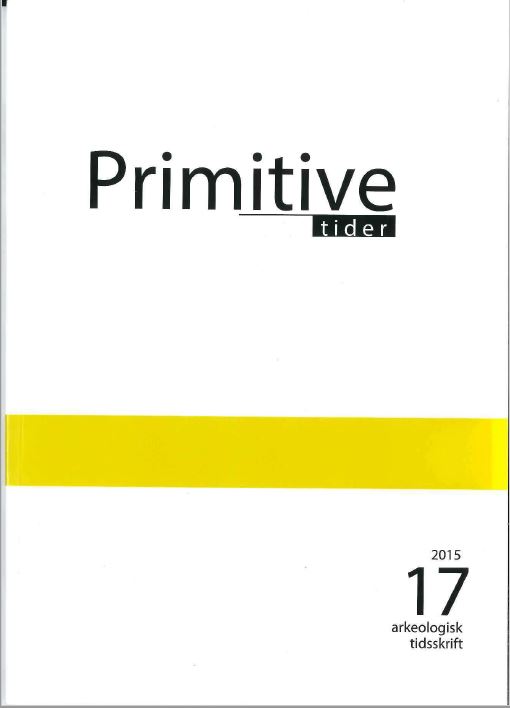En modell for organiseringen av landskapet i østnorske dalstrøk i middelalder og historisk tid
DOI:
https://doi.org/10.5617/pt.7186Sammendrag
It is the later years recorded and excavated extensive traces of activities like iron production, hunting and farming in areas, which today are forests and mountains. This paper discusses how these monuments are distributed in the landscape and how they relate to the historically known organization of the landscape. Geographically, the article is limited to the inner parts of Eastern Norway, with emphasis on Hedmark and Oppland counties, and given a temporal limitation to the medieval and historic times. Landownership in the outland in historic times is studied by the use of written sources like laws, diplomas and court records. The article puts forward a model for how the landscape was organized, with a split in in two, with the valley side as the area for farming and related activities, and the higher lying land as the area for hunting, shieling and iron production. This model is discussed based on four specific valley sides with clearance cairns fields.
Nedlastinger
Publisert
Utgave
Seksjon
Lisens
Fra og med årgang 2021 er innholdet i Primitive Tider lisensiert gjennom Creative Commons Navngivelse 4.0 Internasjonal (CC BY 4.0).
© CC BY-NC (2014–2020)
Verk mellom 2014 og 2020 lisensieret under en Creative Commons Navngivelse-IkkeKommersiell 4.0 Internasjonal.
© Forfatter(ne) (1998–2013)
Verk mellom 1999 og 2013 er beskyttet av åndsverkloven. Uten eksplisitt autorisasjon er reproduksjon kun tillatt i den grad dette er i henhold til loven, eller etter avtale med rettighetshaver eller en kollektiv forvaltningsorganisasjon.


